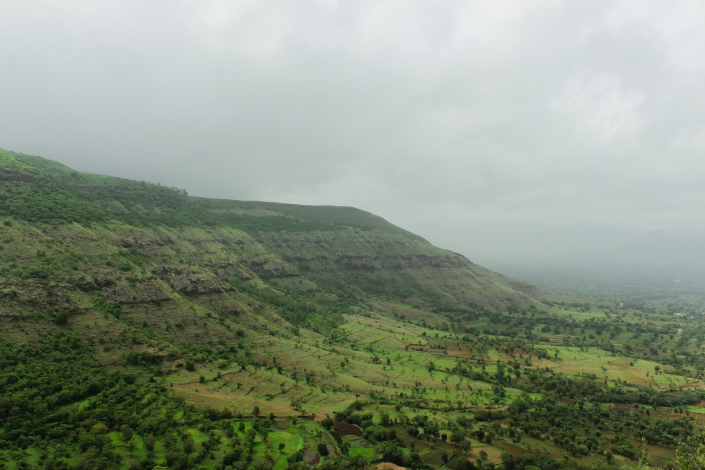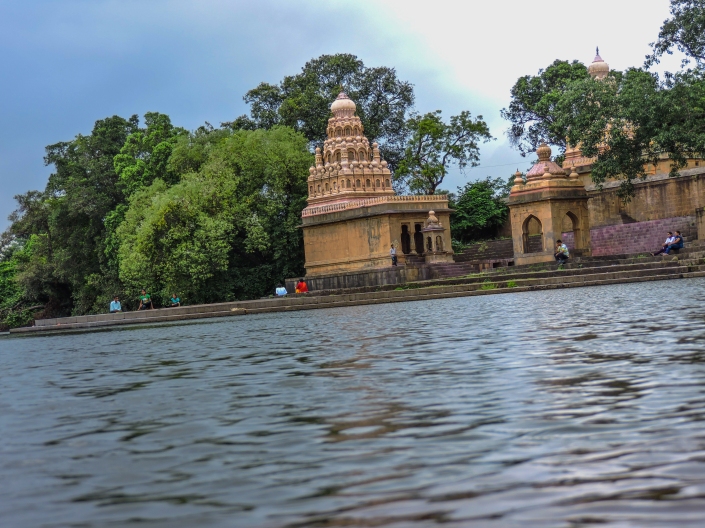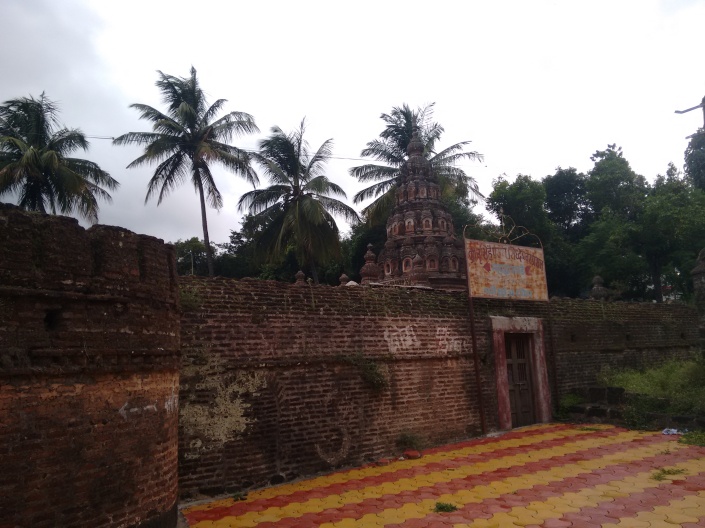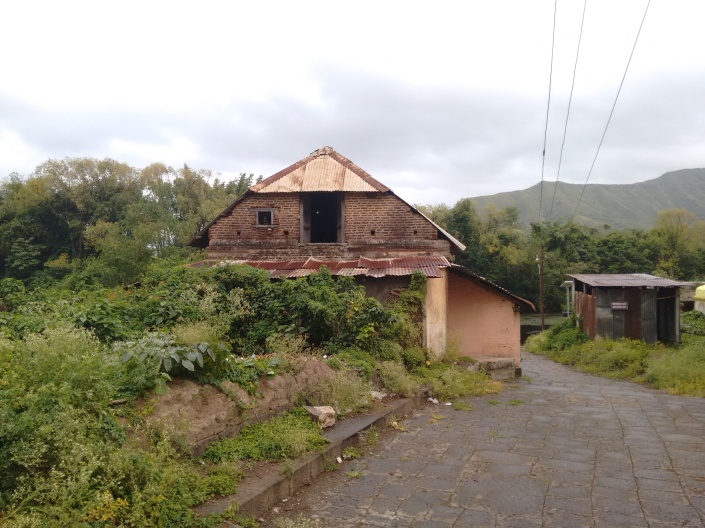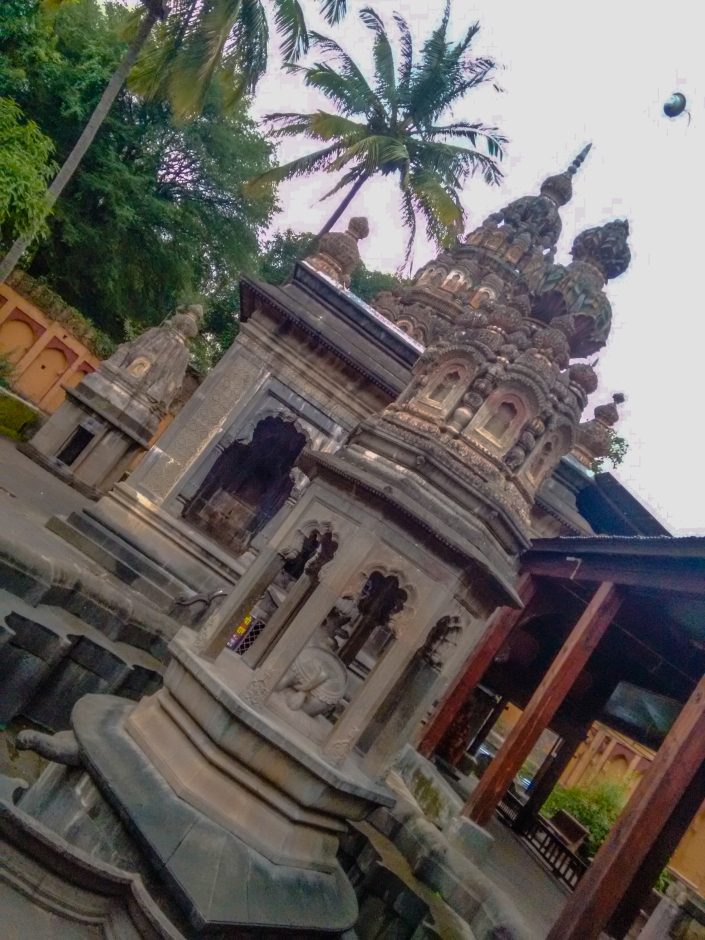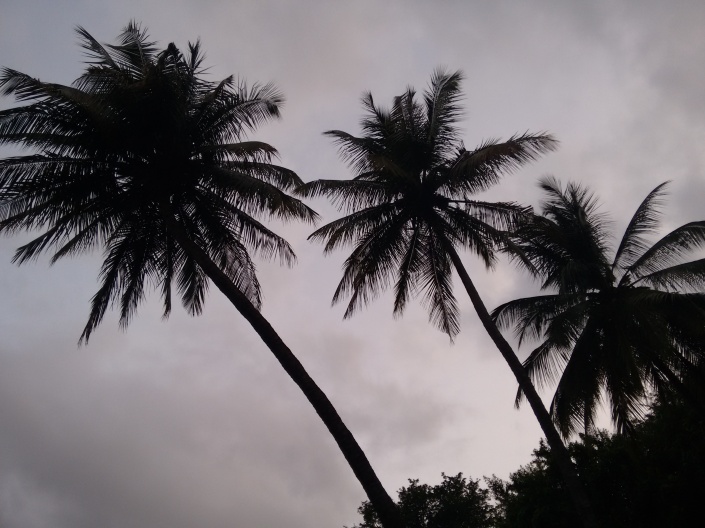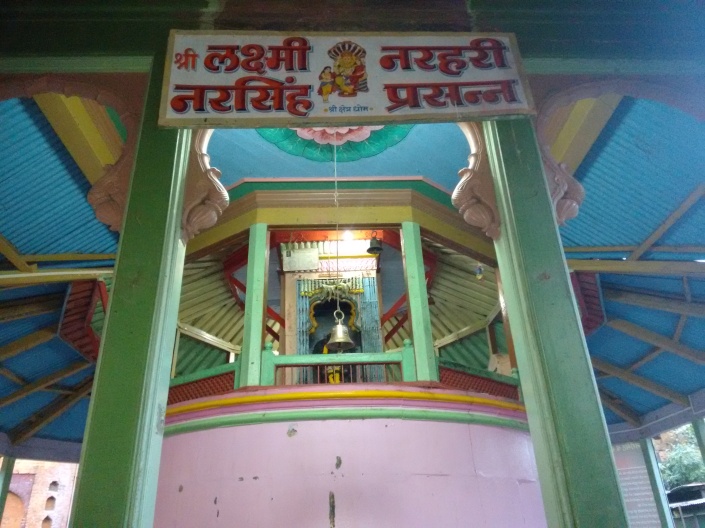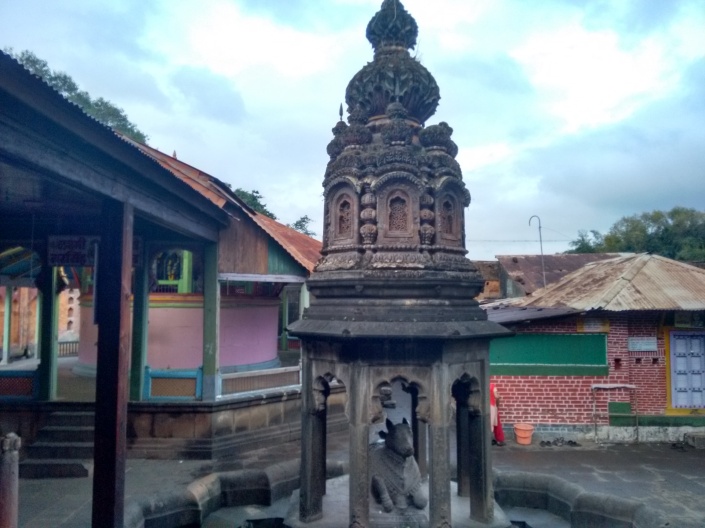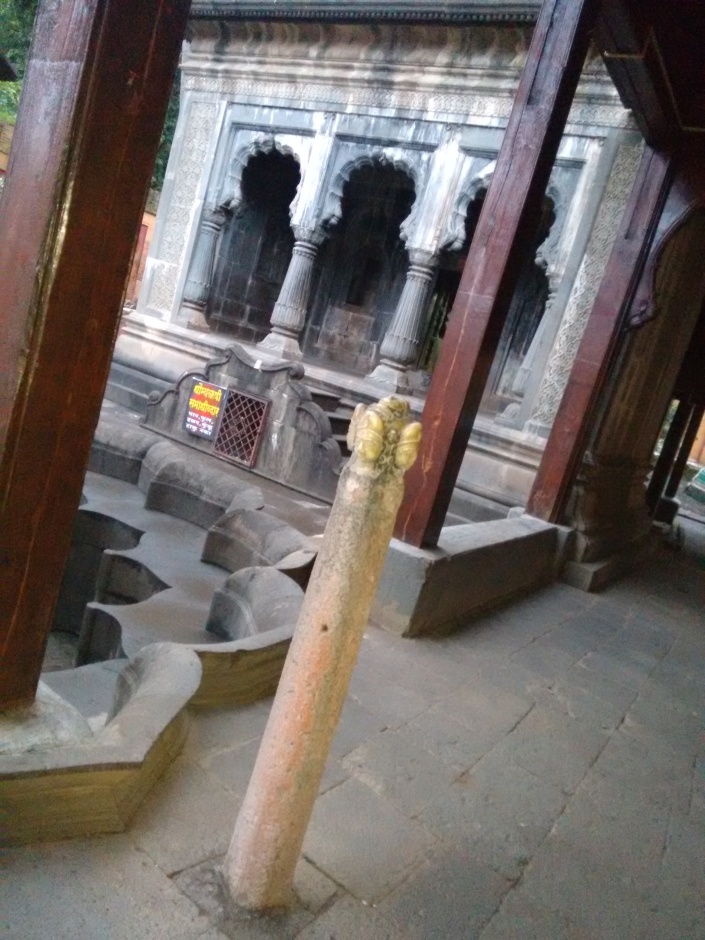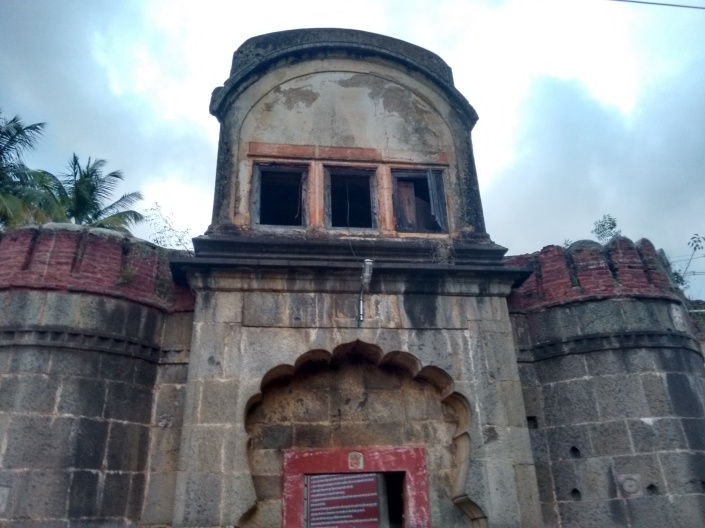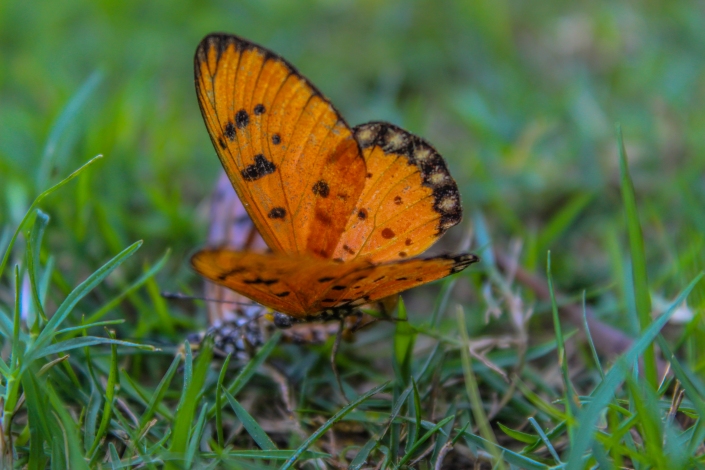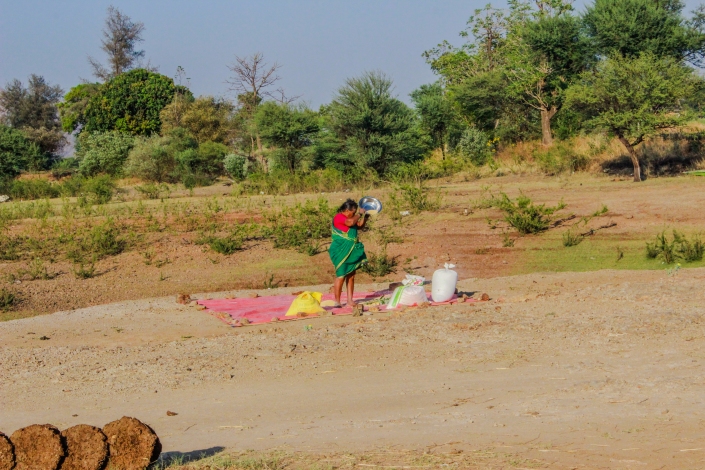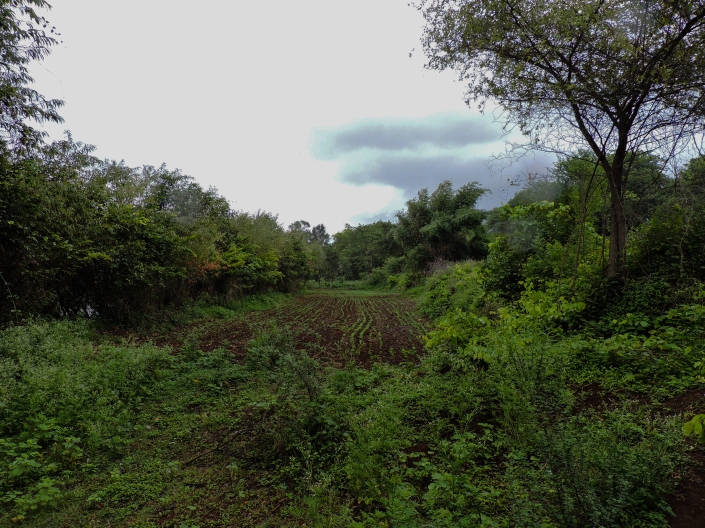Month: July 2015
A peep into lesser known places around Wai !!
Since my childhood, I have traveled to Mahabaleshwar (a hill station in the great western ghats of Maharashtra) countless number of times. While traveling to Mahabaleshwar from Pune, you pass through Wai and Panchgani. However except the famous Ganpati Temple, I was unaware of the other wonderful places nearby Wai. And this time when I discovered them, I was so joyful and overwhelmed, that I would love coming down to Wai for days together and explore the places around in detail.
Wai has the epithetic name “Dakshin Kashi” and is situated in the footholds of Pasarni ghat. In old times, it was known as Virat Nagari. Wai is known in Maharashtra for its ghats on the banks of the Krishna River and its temples, including especially the “Dholya Ganapati” temple on the “Ganapati Ghat”.
Wai is also famous for film shootings (Hindi, Marathi, Bhojpuri, Tamil etc.). Films like Gangaajal, Omkara (2006 film), Dabangg, Swades, Ishqiya, Singham, Deool, Bol Bachchan, Zila Ghaziabad, Gulaab Gang, Chennai Express and many others.
Dholya Ganpati Temple:
The temple of Dholya Ganapati is located along the Krishna River. It was built in 1762 by Raja Bhoja of the Shilahar dynasty to protect the town. The idol was consecrated in the year 1769 in the Hindu month of Vaishakh shuddha the 13th. It took then a whopping Rs. 1.5 lakh and 10 years of work to complete this temple.
The temple is made out of finished stone. The inner sanctum is spacious, with a huge hall in the front. A stone floor covers the whole temple. The rear part of the temple is shaped like a fish. This structure proves useful in case of a flood as it protects the temple. The Ganapati idol is carved out of monolith, and is about 10 ft tall and 8 ft wide. The deity is acquired it name Dholya Ganapati from its massive size (In Marathi, Dholya means huge or fat).
Dhom Dam:
Dhom Dam, is an earthfill and gravity dam on Krishna river near Wai in state of Maharashtra in India. The construction of this dam started at 1976. The major purpose of this dam is the supply of water to the agriculture, to the industries, and for the drinking water supply to the majorly for Wai, Panchgani-Mahabaleshwar and the surrounding villages on the bank of dam. This dam was supplied the water to agricultural land of the Wai, Koregaon, Satara, Javli and Khandala talukas. The catchment area dams the Krishna River and forms the Dhom Lake which is approximately 20 km (11 mi) in length. Completed in 1982, it is one of the largest civil engineering projects commissioned after Indian independence. The Dhom electricity project is run by the Maharashtra State Electricity Board. Dhom dam made the lake to the storage capacity of 14 T.M.C.
Hydroelectricity- The dhom generates the electricity of 4 MG from the basement electricity house.
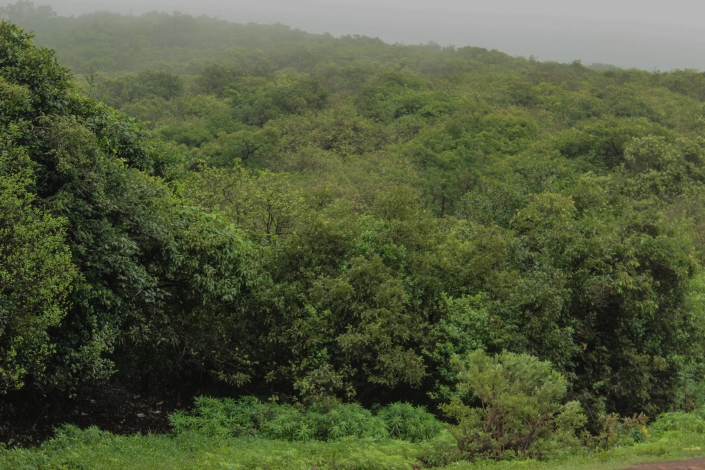
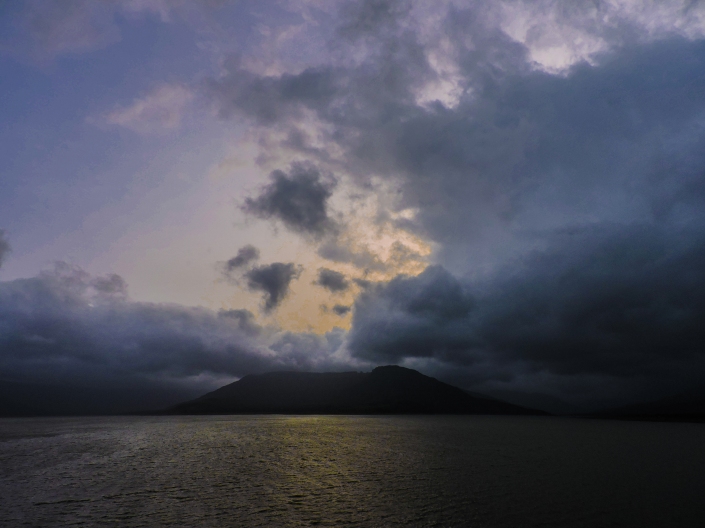
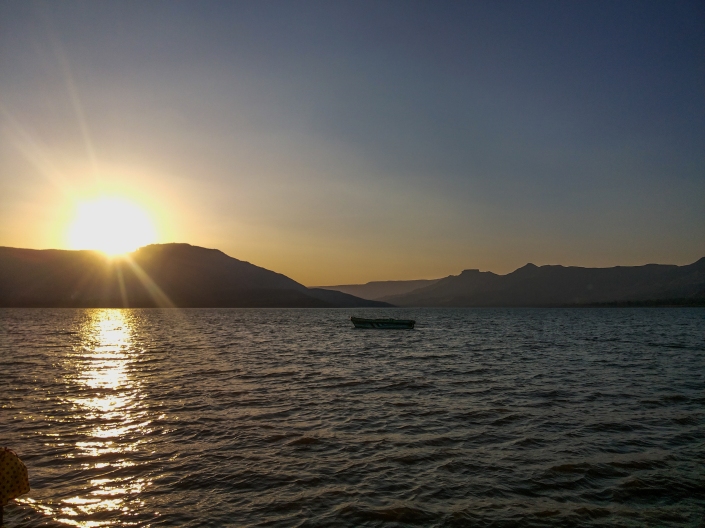
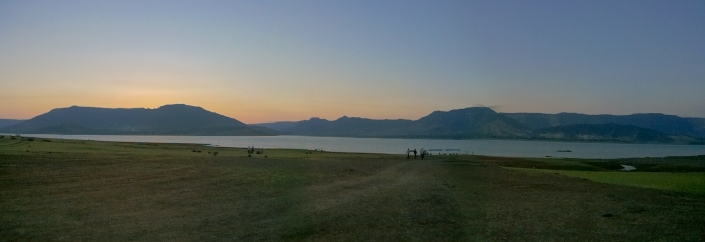
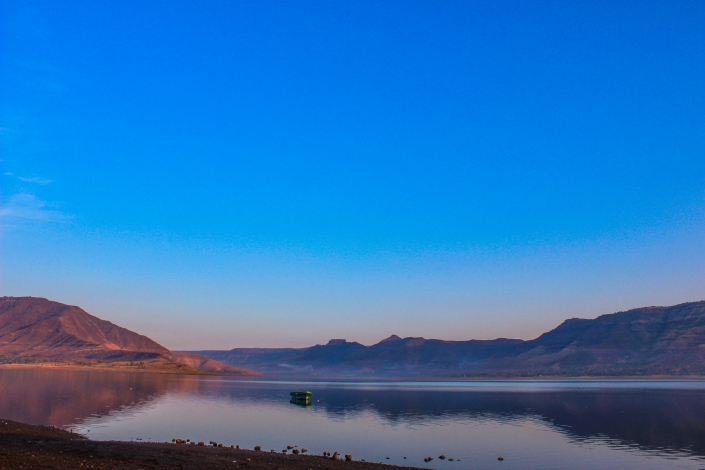
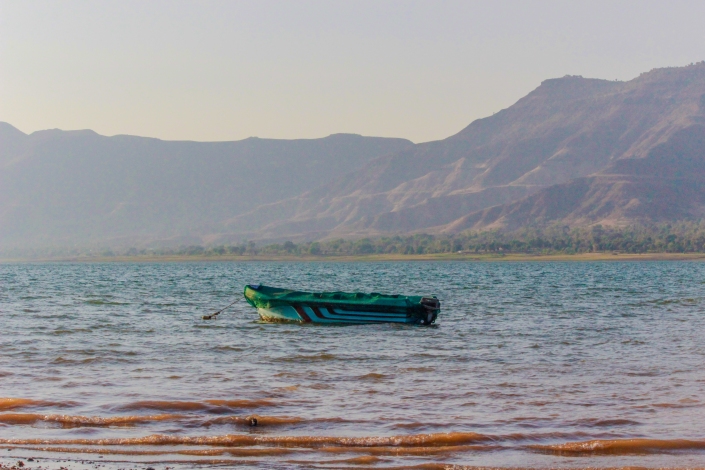
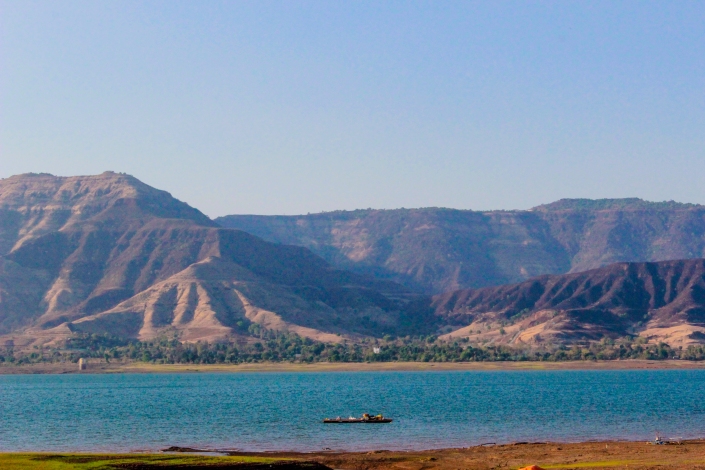
Nana Phadanvis Wada:
Nana Phadnavis (also Fadanvis and Furnuwees and abbreviated as Phadnis) (February 12, 1742– March 13, 1800), born Balaji Janardan Bhanu, was an influential minister and statesman of the Maratha Empire during the Peshwa administration in Pune, India. The Nana Phadnavis Wada is a large six-quadrangled, perimeter-protected wada. This construction was completed circa. 1780. Bhavan Rao Trymbak Pant-Pratinidhi of Aundh and Raghunath Ghanshyam Mantri (Satara) bestowed the village of Menavali to Nana Phadnavis in December 1768. The Peshwa-era saw architectural combinations of a Wada-type residence, a Ghat on a water-body and a Temple.
Nana, being the Peshwas’ “Phadnavis” transcribed and maintained their documents of accounts and administrative letters in the ancient “Modi” script. These documents, known as the famous “Menavli Daptar” were preserved in this Wada at Menavali. After Nana Phadnavis died in 1800, the Peshwa Bajirao-II, confiscated the Wada. The British General Wellesley (brother of Lord Wellesley), Duke of Wellington returned the property to the Nana’s wife Jeeubai on 25 March 1804. After her death, Sir Bartle Frere (governor of Bombay) handed over the property to Nana’s descendants. The Nana Phadnavis Wada today remains with his descendants. Having split the major part of his properties between themselves, the Wada is still owned jointly by them all.
There is a dark musty, narrow, steep staircase concealed in the metre-thick wall to the floor above. The staircase was at once secret and easily secured, admitting only one person at a time into Nana Phadnavis’s darbar hall. Nana Phadnavis’s reception “darbar” hall has an attached bedroom with a teakwood bedstead. The teakwood bedstead is an intricately carved four-poster. The floor is swept with clay and cowdung. Wadas are systems of open courtyards of increasing security. Nana’s corridors on the upper floor are lined with teak-wood lattice work. A concealed escape stairway in the wall leads out of the Wada. Descending the stone steps leads to the ghat on the river Krishna.
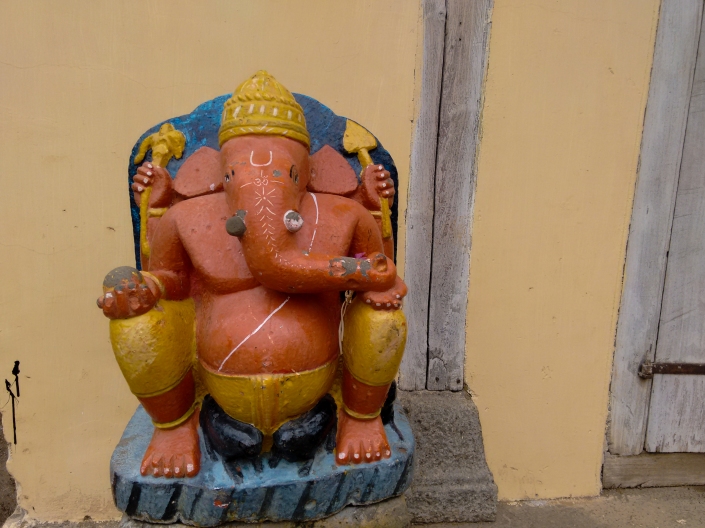
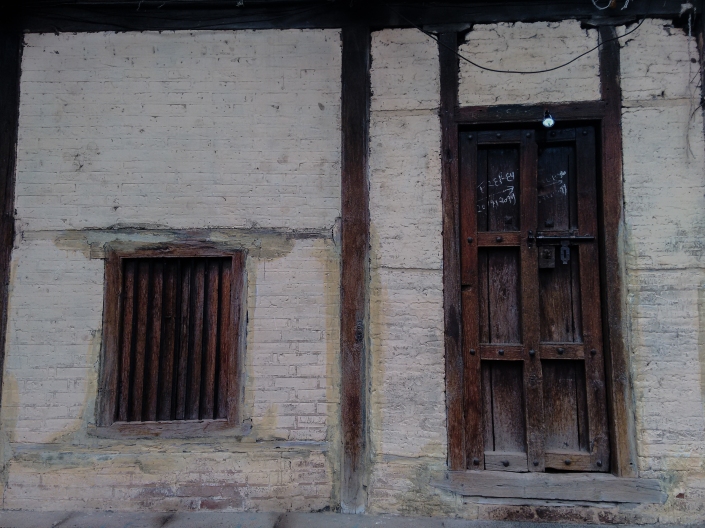
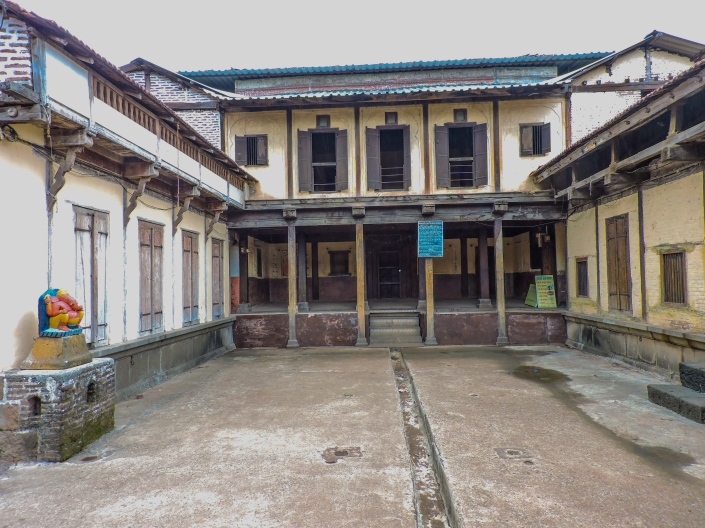
Krishna Ghat:
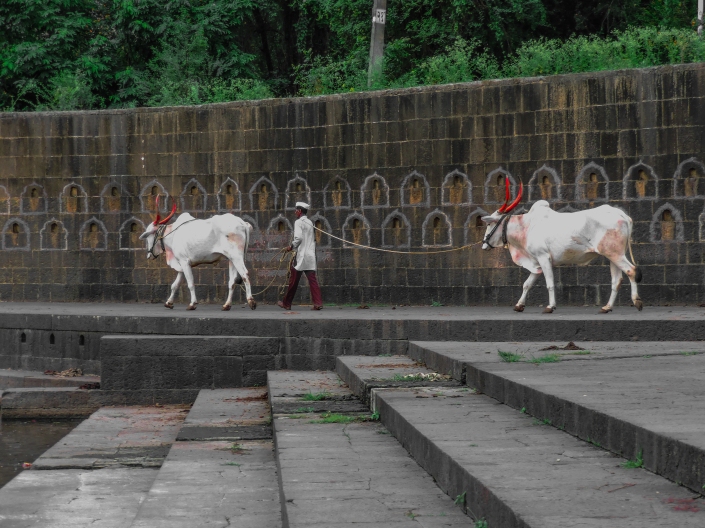
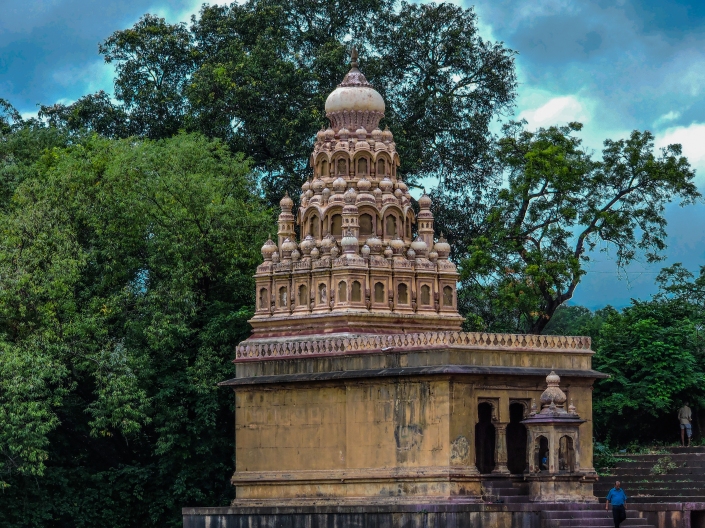
Narsimha Temple near Dhom Dam:
The main “Narshimha temple’ is said to have been build by Pandva’s . This is lesser known temple famous among the people of South-eastern belt of Maharashtra, i.e the “kanadi” speaking community. The temple belongs to Lord Narsimha. There are a few unique things about this temple for which one must visit them, Some of these are listed below – Lord Narsimha was said to have taken bodily form as half-man, half- animal and risen through a pillar. To depict this story, the temple is made in the form of pillar and has two faces facing east and west – Another Lord Shankara Temple in the premises has another unique architecture. The tortoise appears to be floating mid air carrying a smaller Nandi temple. all carved in stone – The Lord Shiva Facade on a pillar here is five-faced, the fifth facade facing upwards against the usual four faced idol.
Flora , Fauna & Rural Life:
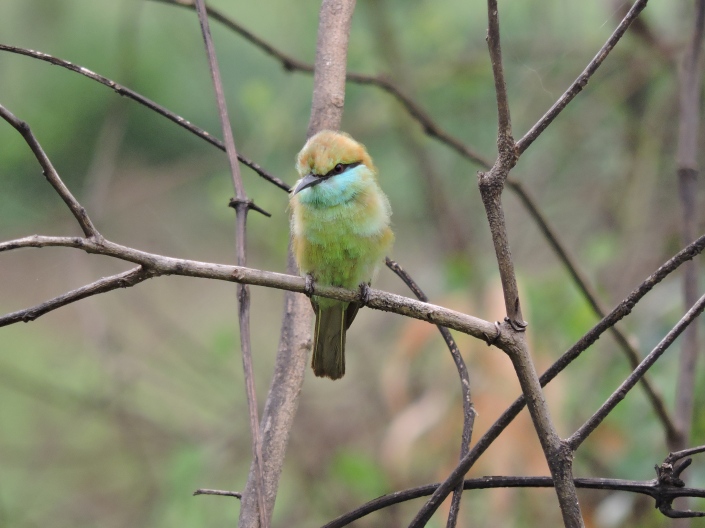
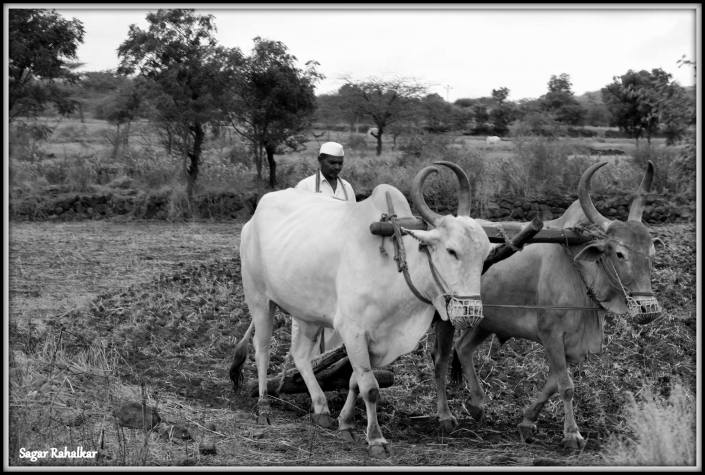
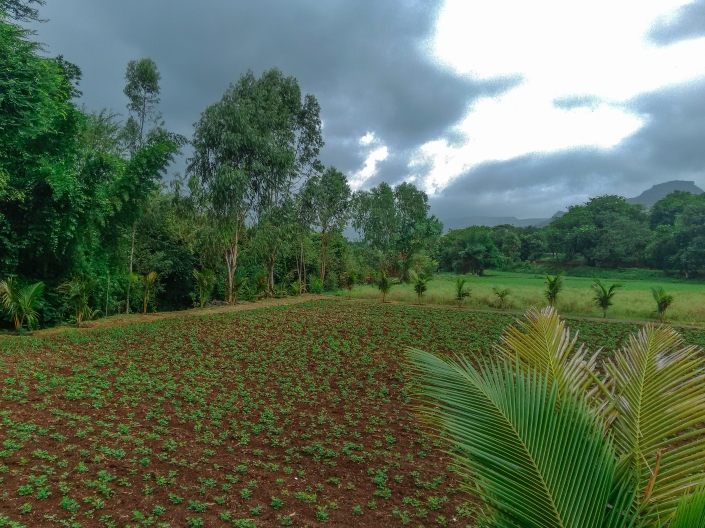
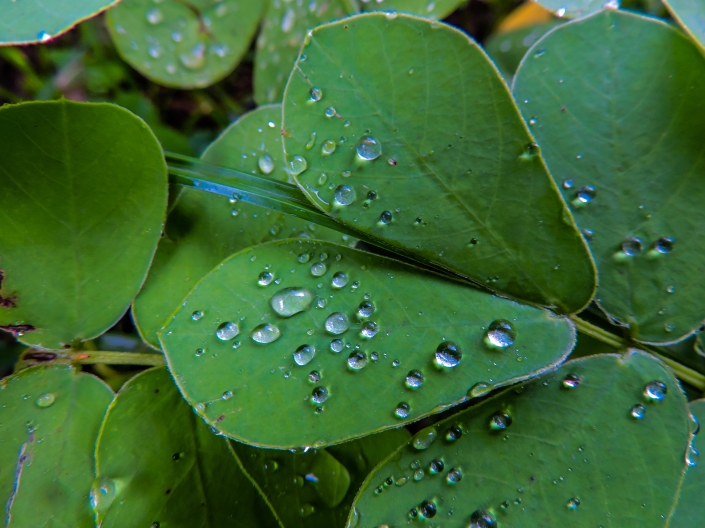
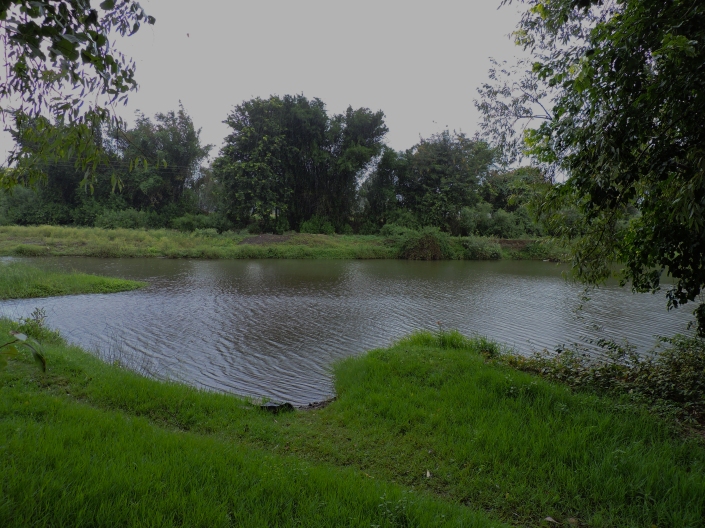
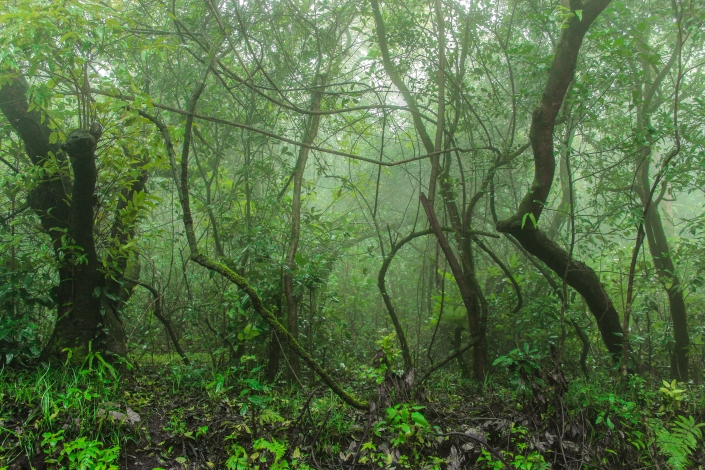
Other places of interest close from Wai:
